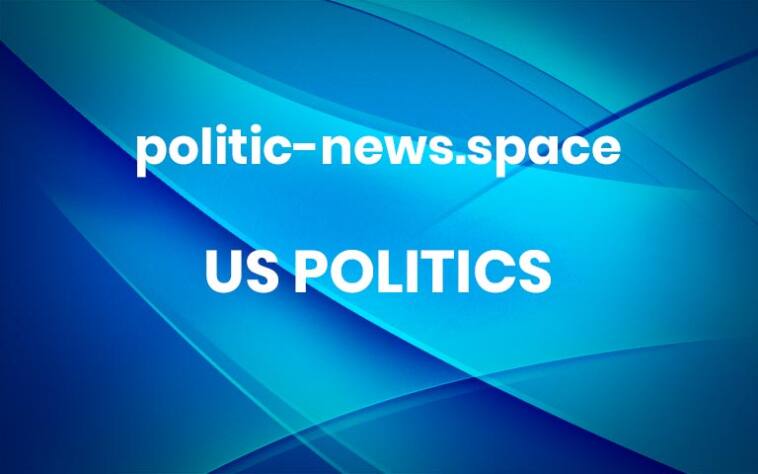Labour: changes to EV rules will have ‘negligible’ impact on UK emissions
Labour’s changes to electric vehicle (EV) rules in response to Donald Trump’s tariffs will have a negligible impact on emissions, the transport secretary has said.Keir Starmer has confirmed plans to boost manufacturers, including reinstating the 2030 ban on the sale of new petrol and diesel cars.But regulations around manufacturing targets on electric cars and vans will also be altered, to help companies in the transition, and new hybrids will be on the market for a further five years.Heidi Alexander said the taxes on imports announced by the US president last week, which spurred reciprocal action by some affected countries, “are bad news for the global economy, because it’s bad for global demand, it’s bad for prices and it’s bad for consumers”.Speaking on BBC Breakfast about the impact on carbon emissions of the government’s changes to electric vehicle rules, she said: “The changes we are making have been very carefully calibrated so as not to have a big impact upon the carbon emissions savings that are baked into this policy. In fact, the impact on carbon emissions as a result of these changes is negligible.”Under the measures, luxury supercar companies such as Aston Martin and McLaren will be allowed to keep producing petrol cars beyond 2030 because they manufacture only a small number of vehicles a year. New hybrids and plug-in hybrid cars will be allowed to be sold until 2035. Petrol and diesel vans will be able to be sold until 2035, as well as all hybrid models.Alexander said the government had “struck the right balance” between protecting British businesses and cutting carbon emissions.Asked whether the retention of a 2030 target for the phasing out of all pure petrol and diesel cars would restrict free markets at a time when the car industry was on its knees, she said: “It is an opportunity for the car industry to remain at the cutting edge of the transition to EVs, but it’s right that we’re pragmatic.“It’s right that we are looking at how we can be flexible in the way in which car manufacturers make this transition, because we want cheaper EVs to be available for consumers. We want people to be able to benefit from those lower running costs as well.“And so it’s important that, as a government, we do everything that we can – not only to support British businesses and manufacturing to grow the economy, but also to cut those carbon emissions, and I think we’ve struck the right balance in the package that we’re announcing today.”Asked on BBC Radio 4’s Today programme if Starmer was prepared to use the relationship he has built with Trump to ask him to change course, she said: “Obviously when the prime minister has discussions internationally with allies he will be honest about what is in the best interests of the British people.”Challenged that the EV measures were planned before the announcement of the tariffs and were a tweak to policy rather than dramatic change, she told Today: “These are significant changes to the car industry. You are right to say we started the consultation on Christmas Eve and that we closed the consultation in the middle of February.”skip past newsletter promotionafter newsletter promotionShe said Trump’s imposition of tariffs meant the UK government had to look at its EV plans with “renewed urgency”.The Green party MP Siân Berry said: “The government is wrong to apply the brakes on the sale of EV cars. This is just the latest in a series of boosts the Labour government has given fossil fuel industries. We’ve also seen the green light being given to airport expansion and a new road tunnel under the Thames. This suggests Labour is weakening its climate commitments, and its health-related policy goals because all these moves will have a detrimental impact on air quality.“Slowing down the move away from fossil-fuelled transport makes no economic sense either, since green sectors of the economy are growing three times faster than the overall UK economy.”Colin Walker, the head of transport at the Energy and Climate Intelligence Unit, said: “In weakening the mandate elsewhere by extending flexibilities and allowing the sale of standard hybrids between 2030 and 2035, the government risks reducing the competition it has stimulated between manufacturers, meaning prices for families seeking an EV might not fall as fast, and sales could slow.“The growth of the secondhand EV market, where most of us buy our cars, would in turn be stunted, leaving millions of families stuck in petrol and hybrid cars paying a petrol premium of hundreds, and even thousands, of pounds a year.” More



